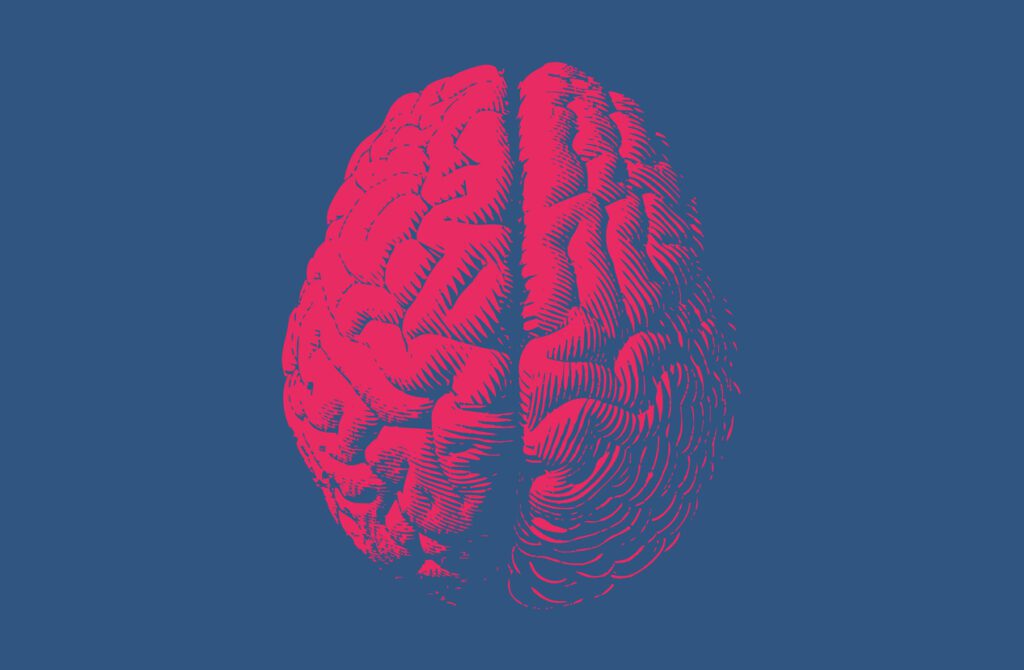
Medical researchers have long recognized the efficacy of using pig models to understand illnesses in humans better.
But a new study out of the University of Georgia suggests that pig brains are even more effective for neurological research than once thought.
Using an imaging method typically reserved for humans, the research team at the university’s Regenerative Bioscience Center found that pig brains can offer new insights into neurological conditions such as Parkinson’s and Alzheimer’s diseases.
Among the immediate potential uses for these findings: the study and diagnosis of CTE, the progressive brain disease triggered by repeated blunt trauma and often found in NFL players and military vets.
“Currently CTE can be diagnosed only through an autopsy,” the University writes on its website. “The new study strongly suggests that a translational swine model for mapping functional brain connectivity is a promising approach to determine biomarkers or brain signatures that lead to CTE. Using this type of data, doctors would have the opportunity to diagnose CTE while a veteran or athlete is still alive.”
Using resting-state functional magnetic resonance imaging (rs-fMRI), the team found functional connectivity in the sensorimotor sections of the brains of live pig models that paralleled the same regions of the human brain.
“Most of the models to-date deal with structural comparisons,” said Qun Zhao, associate professor of physics in the Franklin College of Arts and Sciences and a collaborator on this project.
“Our model goes beyond brain mass and allows us to address questions related to brain connectivity and memory function. Without a functional map of the brain it’s hard to tell what parts of the brain are talking to each other.”
Franklin West, associate professor of animal and dairy science in College of Agricultural and Environmental Sciences, says this new model allows researchers to – for the first time – refine their questions about how the brain “talks to itself” and coordinates action.
“What we tend to say is the brain is a black box and we don’t know how it works,” said West. “This study is a game changer. It gives us a light to shine inside the box.”
This study is the latest in a series of examples of how live pig models and porcine tissue help researchers better understand human health. In the past, we’ve written about the use of pigs in studies involving everything from Parkinson’s disease to pediatric nutrition.
Animal Biotech is proud to be able to contribute to this kind of research, providing porcine cadavers, tissues, organs, and glands, as well as expertise on the proper care of our animal models.
Contact us today to learn how we can assist in your next project.


